13 July 2021

EMBL alumni Ilaria Piazza and Ken Holmes have been recognised for their outstanding contributions, and will receive their awards as part of the celebrations for EMBL World Alumni Day.
PEOPLE & PERSPECTIVES
2021
alumnipeople-perspectives
14 July 2020
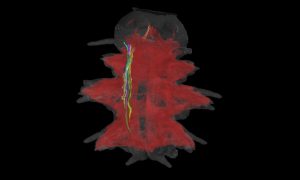
The image shows a larva of Platynereis dumerilii, a marine worm. The image here was produced by Constantin Pape, a visiting predoctoral fellow in the Kreshuk group at EMBL Heidelberg.
SCIENCE & TECHNOLOGY
2020
picture-of-the-weekscience-technology
23 July 2019
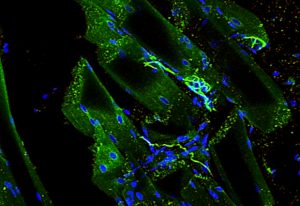
Every single moment of our life we use our muscles – most of the time without even thinking about it. Some muscles, like our heart, we cannot even control at all. How our brain communicates with our muscles is still not fully understood. The communication between our brain and our skeletal…
SCIENCE & TECHNOLOGY
2019
picture-of-the-weekscience-technology
18 June 2019
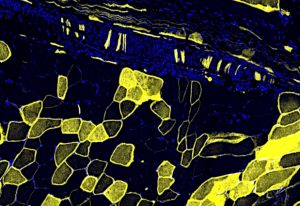
Have you ever wondered what reflex testing is about? Why does your doctor tap the space below your knee with a hammer to see if your leg kicks forward? At the centre of this involuntary reaction is the muscle spindle, of which you can see a close-up in today’s Picture of the Week. Muscle spindles…
LAB MATTERS
2019
lab-matterspicture-of-the-week
14 February 2012
Myomesin stretching to 2.5 times its length. Credit: EMBL/Wilmanns. In this video, a protein called myomesin does its impression of Mr. Fantastic, the leader of the Fantastic Four of comic book fame, who performed incredible feats by stretching his body. Scientists at the European Molecular Biology…
SCIENCE & TECHNOLOGY
2012
sciencescience-technology
10 December 2009
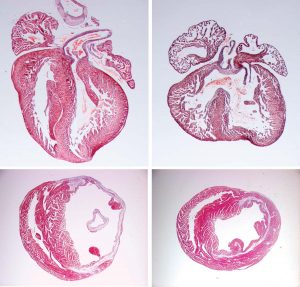
Almost a century after it was discovered in fruit flies with notches in their wings, the Notch signalling pathway may come to play an important role in the recovery from heart attacks. In a study published today in Circulation Research, scientists at the European Molecular Biology Laboratory (EMBL)…
SCIENCE & TECHNOLOGY
2009
sciencescience-technology
21 September 2009
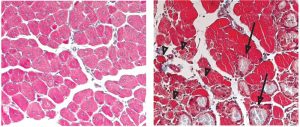
For scientists at the European Molecular Biology Laboratory (EMBL) in Monterotondo, Italy, what seemed like a disappointing result turned out to be an important discovery. Their findings, published online this week in the journal Proceedings of the National Academy of Sciences (PNAS), provide…
SCIENCE & TECHNOLOGY
2009
sciencescience-technology
17 December 2007
It does not take much to injure a muscle. Sometimes one sudden, inconsiderate movement does the job. Unfortunately, damaged muscles are not as efficient at repair as other tissues such as bone. Researchers of the European Molecular Biology Laboratory’s Mouse Biology Unit (EMBL), Italy, and…
SCIENCE & TECHNOLOGY
2007
sciencescience-technology
2 November 2006
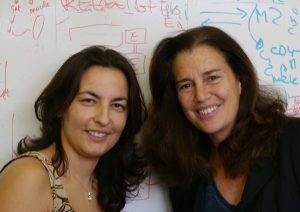
Muscle wasting can occur at all ages as the result of genetic defects, heart failure, spinal injury or cancer. A therapy to cure the loss of muscle mass and strength, which has a severe impact on patients’ lives, is desperately sought. Blocking a central signal molecule, researchers from the…
SCIENCE & TECHNOLOGY
2006
sciencescience-technology
11 January 2006
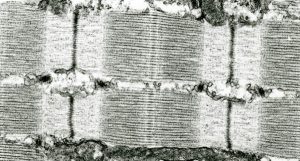
Imagine grabbing two snakes by the tail so that they can’t wriggle off in opposite directions. Scientists at the Hamburg Outstation of the European Molecular Biology Laboratory (EMBL) and collaborators from King’s College in London have now discovered that something similar happens to a…
SCIENCE & TECHNOLOGY
2006
sciencescience-technology







